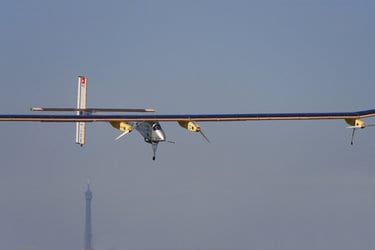
Shuttershock
U.S. high efficiency cell and module manufacturer SunPower has claimed a module efficiency world record of 22.8%. In a result verified by the National Renewable Energy Laboratory (NREL) SunPower claims its latest X-Series module is now the most efficient on the market.
While lower efficiency multicrystalline PV modules continue to make up the bulk of the global PV market, high efficiency manufacturers continue to push their technology forward. California’s SunPower has now produced a 22.8% efficient module, in a development that it says will help homeowners to produce more solar power from a limited roof space.
In a claim that is hard to verify, SunPower claims an array using its X-Series modules will produce over 70% more electricity than competitor modules on a given roof over 25 years.
SunPower E-Series and X-Series modules are available in the U.S., with its E-Series and X21 modules available in Europe, Japan and Australia.
A statement from SunPower claims four efficiency records over the last five years.
“19.5% efficiency in May 2010 with E19 solar panel;
20% efficiency in July 2011 with E20 solar panel;
21% efficiency in April 2013 with X21 solar panel:
[and a] 22% efficiency in November 2015 with X22 solar panel.”
“Solar technology differs widely from brand to brand, so it’s important for consumers to consider that not all panels deliver the same amount of energy, look elegant on a roof, or are guaranteed to last as long as promised,” said Howard Wenger, SunPower president, business units.
SunPower’s high efficiency modules have been used in innovative solar-transport projects including the Solar Impulse aircraft (pictured) and Tûranor PlanetSolar boat. While its headquarters are in California, SunPower produces its modules in the Philippines and is owned by French oil giant Total.
Source: PV Magazine. Reproduced with permission.










